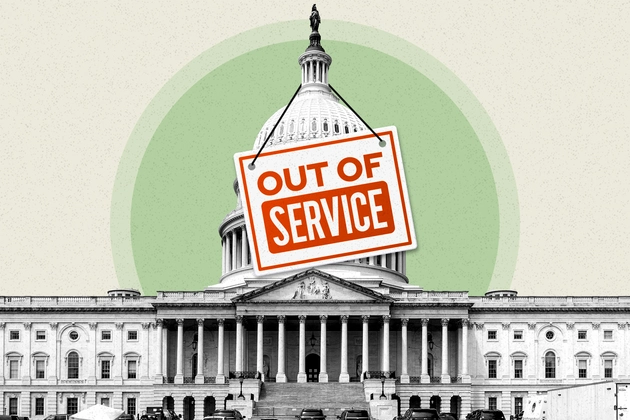October 6, 2025
The US government officially shut down on October 1, 2025, after Congress failed to pass a crucial appropriations bill, leaving hundreds of thousands of federal workers furloughed or unpaid.

The United States federal government officially entered a shutdown on October 1, 2025, after Congress failed to pass an appropriations bill to fund federal operations. This deadlock reflects deep partisan divisions between the Republican-controlled House of Representatives and the Democratic-led Senate over fiscal priorities, spending levels, and social program funding.
Hundreds of thousands of federal employees are now furloughed without pay, while others in essential roles—including national security, healthcare, and air traffic control—continue working but will not receive immediate compensation. The shutdown represents one of the most significant federal impasses in recent years, potentially impacting government services, public projects, and national economic stability.
The White House warned that if the shutdown persists, mass layoffs of federal workers could follow, affecting public services across multiple sectors. Analysts predict billions of dollars in lost productivity, delayed payments to contractors, and disruptions in federal programs such as healthcare subsidies, small business loans, and public infrastructure projects.
President Joe Biden emphasized the urgency of resolving the impasse, stating that “government shutdowns harm ordinary Americans, particularly those who rely on federal services to meet essential needs.” Democrats argue that proposed budget cuts, particularly to the Affordable Care Act and food assistance programs, would disproportionately affect low- and middle-income families.
Republican lawmakers contend that controlling federal spending and reducing the national debt are critical. They have called for significant cuts to non-defense discretionary spending and insist that fiscal responsibility must take precedence to prevent long-term economic strain.
Economic observers warn that prolonged shutdowns can ripple across the broader economy. Consumer spending may decline as federal workers delay purchases, tourism may be affected in Washington, D.C., and federal contractors could experience project interruptions. Financial markets are closely monitoring the situation for potential instability.
Public frustration is mounting as citizens await action from lawmakers. Demonstrations outside the Capitol have called on Congress to fulfill its responsibilities, while political analysts suggest that extended shutdowns historically erode trust in government and diminish approval ratings for all parties involved.
The current shutdown also highlights broader structural challenges in US governance, where partisan gridlock increasingly hampers the ability to pass timely budgets and appropriations. Lawmakers now face mounting pressure from citizens, businesses, and international observers to negotiate and restore government operations quickly.
This impasse comes at a critical time for the US economy, with inflation, energy costs, and global uncertainties already placing stress on households and businesses. The resolution—or prolongation—of the shutdown will have lasting implications for domestic politics, economic stability, and international confidence in US governance.